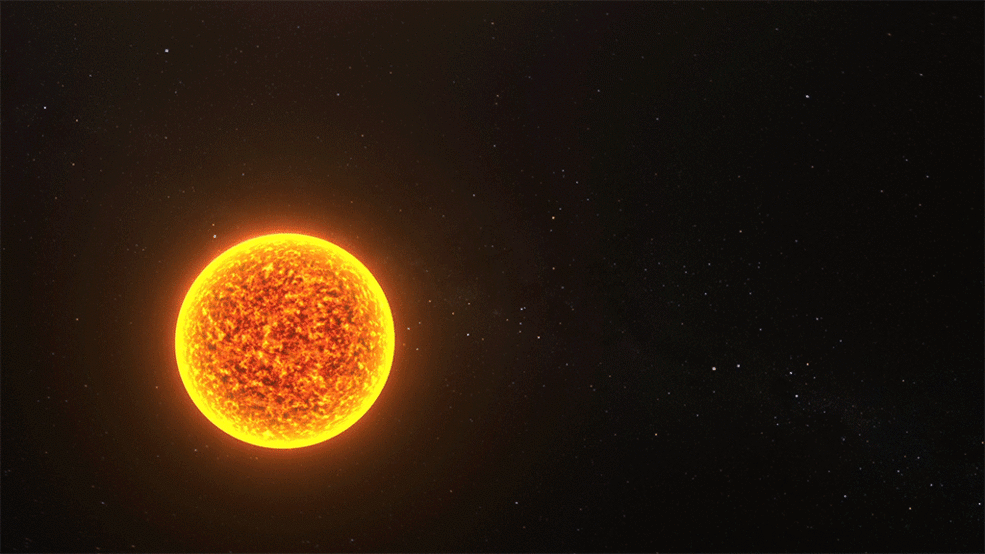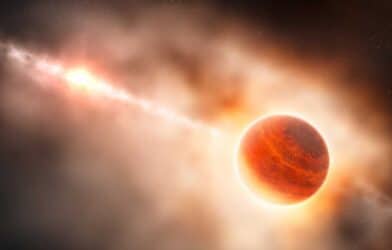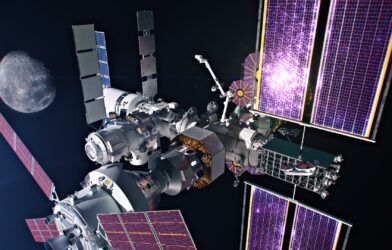A new study suggests that the first building blocks of life on Earth might have formed due to eruptions from the Sun. These eruptions caused solar particles to collide with gases in Earth’s early atmosphere, creating amino acids and carboxylic acids, which are essential components of proteins and organic life.
In the late 1800s, scientists proposed that life might have begun in a “warm little pond” where chemicals mixed together to form organic molecules, powered by lightning, heat, and other energy sources. Stanley Miller, a scientist from the University of Chicago, tried to recreate these conditions in a lab experiment in 1953. He found that amino acids could form from the gases in Earth’s early atmosphere when an electrical spark was used to simulate lightning.
“That was a big revelation,” says Vladimir Airapetian, a stellar astrophysicist at NASA’s Goddard Space Flight Center, in a statement. “From the basic components of early Earth’s atmosphere, you can synthesize these complex organic molecules.”
However, scientists now believe that Earth’s early atmosphere had different gases, making it more difficult for amino acids to form. This has led researchers to search for alternative energy sources that could have kickstarted life.
Solar Superflares as an Energy Source
Airapetian suggests that energetic particles from the Sun might have played a crucial role in the formation of life. Using data from NASA’s Kepler mission, he found that during Earth’s first 100 million years, the Sun was about 30% dimmer but had powerful eruptions called “solar superflares” that launched near-light speed particles into our atmosphere.
Airapetian teamed up with Dr. Kobayashi from Yokohama National University to test this theory. They created a mixture of gases that matched early Earth’s atmosphere and shot it with protons (simulating solar particles) or ignited it with spark discharges (simulating lightning).

The results showed that as long as the methane concentration was above 0.5%, mixtures exposed to solar particles produced detectable amounts of amino acids and carboxylic acids. However, the mixtures exposed to lightning needed at least 15% methane concentration to form amino acids, and even then, the production rate was a million times less than with solar particles.
“And even at 15% methane, the production rate of the amino acids by lightning is a million times less than by protons,” Airapetian adds.
Comparing Solar Particles and Lightning
Solar particles appear to be a more efficient energy source than lightning for creating the building blocks of life. Lightning would have been rarer during Earth’s early years due to a 30% dimmer Sun, making it less likely to be the main energy source for life’s origins.
“During cold conditions you never have lightning, and early Earth was under a pretty faint Sun,” Airapetian says. “That’s not saying that it couldn’t have come from lightning, but lightning seems less likely now, and solar particles seems more likely.”











-392x250.png)
